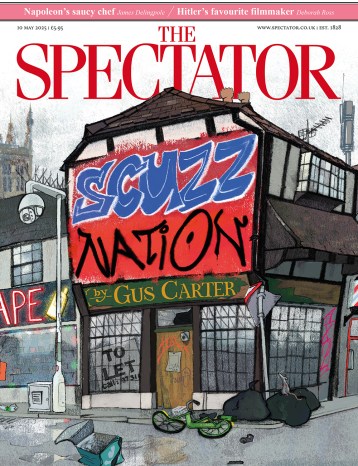In Jonathan Conlin’s Tales of Two Cities the little acknowledged but hugely significant histoire croisée of two rival metropoles gets a long overdue airing. For, like it or not, London and Paris would be much duller places if neither had deemed fit to discover the other.
Oddly, up until now no historian has ever explored this fecund, though sometimes grudging, exchange of ideas and cultural mores.

Disagree with half of it, enjoy reading all of it
TRY A MONTH FREE
Our magazine articles are for subscribers only. Try a month of Britain’s best writing, absolutely free.
Already a subscriber? Log in






Comments
Join the debate, free for a month
Be part of the conversation with other Spectator readers by getting your first month free.
UNLOCK ACCESS Try a month freeAlready a subscriber? Log in